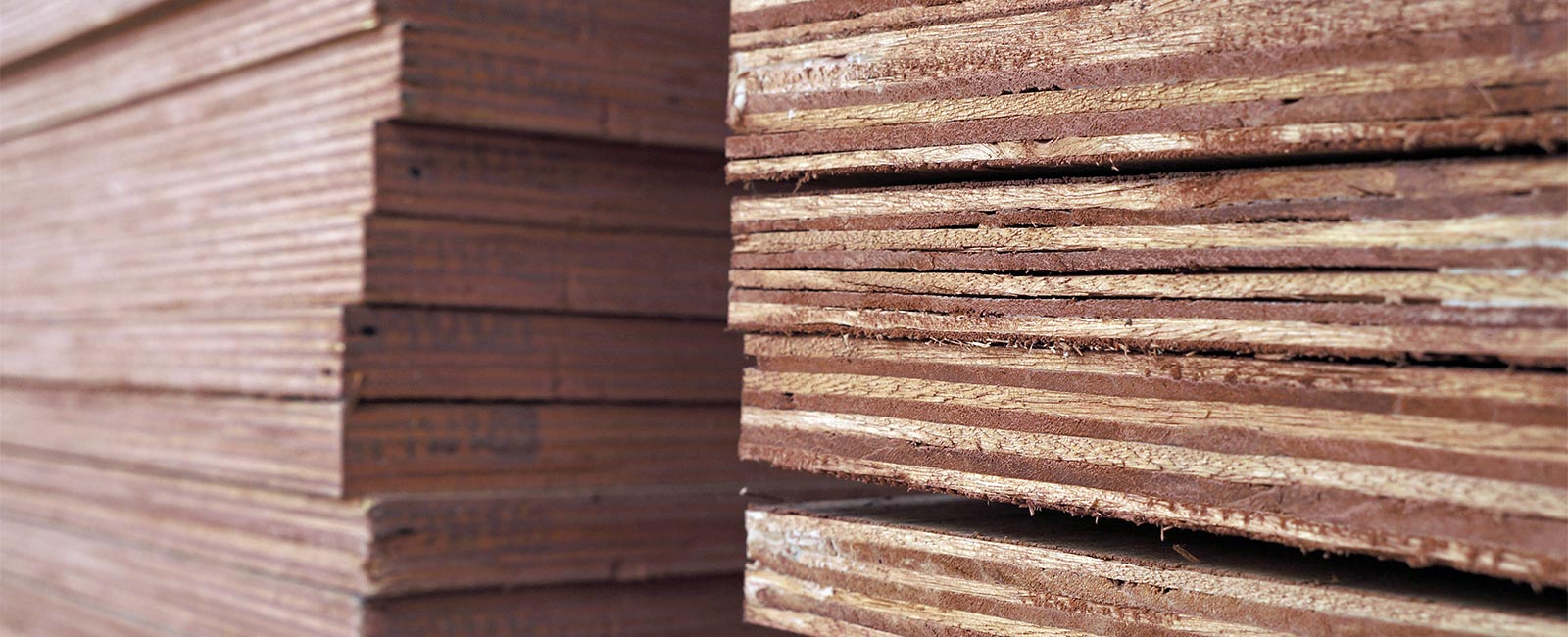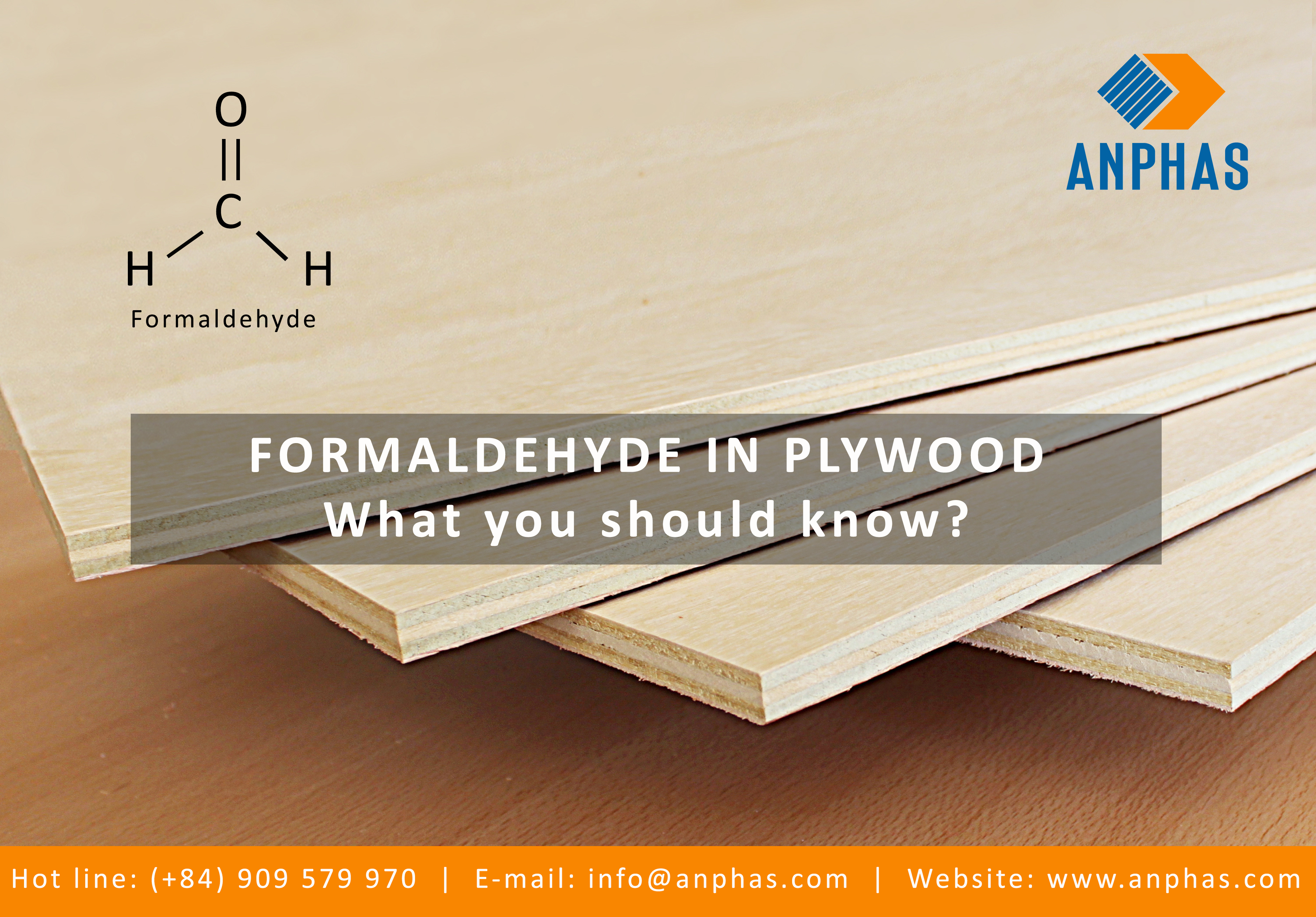Did you know that formaldehyde is a chemical commonly used in the production of plywood? But what exactly is formaldehyde, and why is it used in plywood manufacturing? In this article, we’ll explore the question “Does plywood use formaldehyde?” and shed light on this intriguing topic.
Formaldehyde is a colorless gas with a pungent odor. It is widely used in the production of plywood as an adhesive binder. Plywood is made by layering thin sheets of wood veneer and bonding them together with glue. The adhesive used in plywood production often contains formaldehyde, which helps to create a strong and durable bond between the wood layers.
Now, you might be wondering, “Why is formaldehyde used in plywood?” Well, formaldehyde-based adhesives offer several advantages. They provide excellent bonding strength, resistance to water and heat, and the ability to withstand changes in humidity. These properties make formaldehyde an ideal choice for plywood, ensuring its structural integrity and durability.
In this article, we’ll delve deeper into the use of formaldehyde in plywood, examining its benefits and potential concerns. So, let’s dive in and explore the fascinating world of formaldehyde and its role in plywood manufacturing. Stay tuned to discover everything you need to know about this intriguing topic!

Does Plywood Use Formaldehyde? Investigating the Use of Formaldehyde in Plywood
The Composition of Plywood
Plywood is a commonly used building material known for its versatility and strength. It consists of several layers or plies of wood veneer that are glued together with an adhesive. The adhesive used in plywood manufacturing is usually a synthetic resin, and one of the most commonly used resins is urea formaldehyde. This resin acts as a bonding agent, providing the necessary strength and stability to the plywood.
It’s important to note that not all plywood contains formaldehyde. The use of formaldehyde-based adhesives in plywood manufacturing depends on the specific manufacturer and the intended application of the plywood. Other types of adhesives, such as phenol formaldehyde or melamine formaldehyde, can also be used to make plywood. These alternatives are known for their lower formaldehyde emissions compared to urea formaldehyde.
The Concerns about Formaldehyde
Formaldehyde is a volatile organic compound (VOC) that can be emitted from certain building materials, including plywood. High levels of formaldehyde in indoor environments can cause various health issues, including respiratory problems, eye and throat irritation, and even cancer. Therefore, it is important to consider the formaldehyde emissions when choosing plywood for your projects, especially for indoor applications.
To address these concerns, regulations and standards have been developed to limit the amount of formaldehyde emissions from plywood and other wood-based products. In the United States, for example, the California Air Resources Board (CARB) implemented strict formaldehyde emission standards known as the Formaldehyde Airborne Toxic Control Measure (ATCM). Plywood that meets these standards is labeled as CARB Phase 2 compliant and is considered safe for use in indoor environments.
Reducing Formaldehyde Emissions in Plywood
Manufacturers have been actively working to reduce formaldehyde emissions from plywood by using alternative adhesives and adopting stricter manufacturing standards. Phenol formaldehyde and melamine formaldehyde adhesives, for example, have lower formaldehyde emissions compared to urea formaldehyde. These adhesives are often used in the production of plywood for applications where lower emissions are required.
Furthermore, advancements in technology have allowed for the development of no-added-formaldehyde (NAF) and ultra-low-emitting formaldehyde (ULEF) plywood. These products are made using adhesives with little to no formaldehyde content, significantly reducing the risk of formaldehyde emissions. By choosing NAF or ULEF plywood, consumers can ensure that their projects meet stringent formaldehyde emission standards and contribute to a healthier indoor environment.
Additionally, proper ventilation and air quality management can play a significant role in minimizing formaldehyde exposure. Good airflow and the use of air purifiers or ventilation systems can help dilute and remove formaldehyde from indoor spaces. Regular maintenance and cleaning of plywood surfaces can also reduce the potential for formaldehyde emissions.
Understanding the Importance of Formaldehyde-Free Plywood
The Benefits of Formaldehyde-Free Plywood
Formaldehyde-free plywood offers various benefits and advantages compared to traditional plywood that contains formaldehyde-based adhesives. Some of the key benefits include:
1. Improved Indoor Air Quality: Formaldehyde-free plywood eliminates the risk of formaldehyde emissions, leading to better indoor air quality and a healthier living or working environment.
2. Enhanced Safety: Lower formaldehyde emissions reduce the potential health risks associated with exposure to the compound, such as respiratory issues, eye irritation, and throat discomfort.
3. Environmental Responsibility: Formaldehyde-free plywood demonstrates a commitment to sustainability and environmental stewardship. By using products with reduced emissions, individuals contribute to a greener and more eco-friendly world.
4. Compliance with Regulations: Many countries and regions have implemented strict regulations and standards regarding formaldehyde emissions. Choosing formaldehyde-free plywood ensures compliance with these regulations, giving peace of mind to both builders and users.
Formaldehyde-Free Plywood vs. Traditional Plywood
When comparing formaldehyde-free plywood to traditional plywood that contains formaldehyde-based adhesives, there are several key differences to consider:
1. Emission Levels: Formaldehyde-free plywood is specifically designed to have minimal to no formaldehyde emissions, whereas traditional plywood may emit varying levels of formaldehyde depending on the adhesive used.
2. Health and Safety: Formaldehyde-free plywood eliminates the health risks associated with formaldehyde exposure, making it a safer option for indoor applications.
3. Environmental Impact: Formaldehyde-free plywood aligns with environmental sustainability goals by reducing the emission of harmful chemicals into the atmosphere.
4. Price and Availability: Traditional plywood is generally more readily available and may be more cost-effective compared to formaldehyde-free alternatives, which might have a higher price due to the use of alternative adhesives.
5. Standards and Certifications: Formaldehyde-free plywood often meets or exceeds stringent formaldehyde emission standards, providing assurance that it is a high-quality, safe, and compliant product.
In summary, formaldehyde is commonly used in the production of plywood, but not all plywood contains formaldehyde. The use and emission levels of formaldehyde in plywood vary depending on the manufacturer and the adhesive used. To ensure a healthier indoor environment, consumers should consider choosing formaldehyde-free plywood or plywood that meets strict formaldehyde emission standards. Technology advancements have paved the way for alternatives that offer minimal to no formaldehyde emissions, enhancing safety, and contributing to better indoor air quality. It is essential to prioritize the impact on health, safety, and the environment when selecting plywood for various applications.
Key Takeaways – Does Plywood Use Formaldehyde?
- Plywood may contain formaldehyde, a chemical that is commonly used in its manufacturing process.
- Formaldehyde is used to bind the wood fibers together in plywood, but it can be emitted as a gas over time.
- Exposure to formaldehyde can cause health issues such as respiratory problems and eye irritation.
- To minimize formaldehyde exposure, look for plywood with low formaldehyde emissions or opt for formaldehyde-free alternatives.
- Proper ventilation and sealing the surfaces of plywood can also help reduce formaldehyde emissions.
Frequently Asked Questions
Are you curious about the use of formaldehyde in plywood? Here are some commonly asked questions and their answers to help you understand this topic better.
1. Is formaldehyde used in the production of plywood?
Yes, formaldehyde is commonly used in the production of plywood. It is used in the manufacturing process as a bonding agent, helping to hold the layers of wood veneer together. Formaldehyde-based resins, such as urea-formaldehyde or phenol-formaldehyde, are applied to the wood to create a strong and stable product.
However, it is important to note that not all plywood contains formaldehyde. Different types of plywood use different types of adhesives, and some manufacturers produce plywood that meets or exceeds strict formaldehyde emission standards set by regulatory bodies. Plywood labeled as “formaldehyde-free” is also available on the market.
2. Is formaldehyde in plywood harmful to health?
High levels of formaldehyde can be harmful to human health. It is classified as a potential human carcinogen, meaning it has the potential to cause cancer. When formaldehyde is released from plywood or any other product that contains it, it can cause irritation to the eyes, nose, and throat, and may lead to respiratory symptoms.
However, it’s important to note that the formaldehyde emissions from plywood can vary depending on the type of adhesive used, manufacturing practices, and ventilation. Many countries have regulations and standards in place to limit formaldehyde emissions in plywood and other wood products, ensuring that they are safe for use. To minimize potential health risks, it is recommended to choose plywood that meets formaldehyde emission standards and ensure proper ventilation in indoor spaces.
3. How can I know if plywood contains formaldehyde?
There are ways to determine if plywood contains formaldehyde. In many countries, including the United States, manufacturers are required to adhere to formaldehyde emission standards and label their products accordingly. Look for certifications like CARB Phase 2 (California Air Resources Board) compliance, which indicates low formaldehyde emissions.
If you want to be extra cautious, you can also opt for plywood labeled as “formaldehyde-free.” These products are made using alternative adhesives or manufacturing processes that do not release formaldehyde. Always check the product label or consult with the manufacturer to ensure that the plywood you choose meets your desired specifications.
4. Can formaldehyde emissions from plywood be reduced?
Yes, it is possible to reduce formaldehyde emissions from plywood. Manufacturers can achieve this by using low-emitting adhesives like phenol-formaldehyde, which emit lower levels of formaldehyde compared to traditional urea-formaldehyde resins. Some manufacturers also employ advanced manufacturing technologies to reduce the overall formaldehyde content in plywood.
For consumers, selecting plywood that meets strict formaldehyde emission standards is crucial. Proper ventilation in indoor spaces can also help dilute and remove any formaldehyde released from plywood. Additionally, sealing the surface of plywood with a low-VOC (Volatile Organic Compounds) sealant can further reduce formaldehyde emissions.
5. Is there an alternative to plywood without formaldehyde?
Yes, there are alternatives to traditional plywood that do not contain formaldehyde. One popular option is “structural composite lumber” (SCL), which is made from wood veneers or strands bonded together using adhesives that are free from formaldehyde.
Another alternative is “engineered wood,” which includes products like oriented strand board (OSB) and medium-density fiberboard (MDF). These products are made by breaking down wood fibers or strands and then combining them with a resin binder that is typically formaldehyde-free. These alternatives offer similar structural properties to plywood while eliminating the risk of formaldehyde emissions.

Summary
So, to wrap it up, plywood can indeed contain formaldehyde, which is a chemical that can be harmful to our health. However, there are certain ways to reduce our exposure to formaldehyde in plywood.
First, we can choose plywood that is labeled as “low formaldehyde” or “formaldehyde-free.” It’s also important to ensure that plywood is properly sealed or coated to minimize the release of formaldehyde. Lastly, good ventilation in our homes can help to reduce formaldehyde levels. By being aware and taking these precautions, we can make safer choices when it comes to using plywood.
Remember, it’s all about making informed decisions and taking steps to protect our health!
source https://thehabitofwoodworking.com/2023/does-plywood-use-formaldehyde/

No comments:
Post a Comment